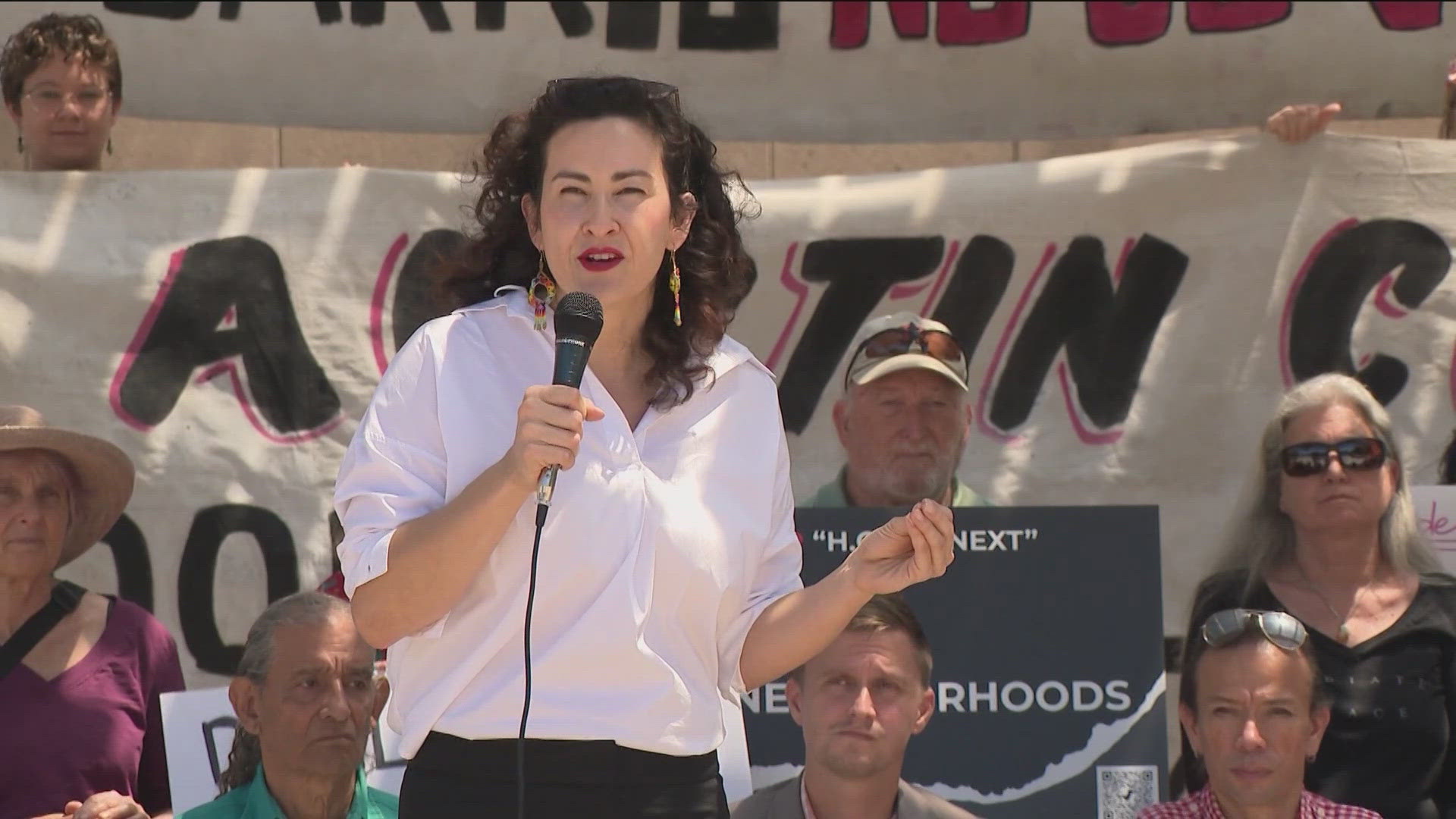AUSTIN — Governor Greg Abbott on Monday announced a $2 million grant to the Austin Community College District to help build facilities supporting the new Army Futures Command in Austin.
“The legacy of America’s freedom depends in part on the ability of our Armed Forces to remain at the forefront of technological advancement, expand our military’s power to assess threats, and modernize our defense,” said Governor Abbott. “These funds to be invested in critical communication facilities are another example of our commitment to the mission of the military as the Army Futures Command harnesses innovative thinking and cutting-edge technologies to achieve a clear overmatch in future readiness in defense of our nation.”
The grant to the ACC District comes from the Texas Military Preparedness Commission's (TMPC) Defense Economic Adjustment Assistance Grant (DEAAG) program in partnership with The University of Texas and the U.S. Army.
“On behalf of the Soldiers and civilians on the Army Futures Command team, we are extremely appreciative of the continued assistance as we make our home here in Austin," said Gen. John “Mike” Murray, Commanding General, U.S. Army Futures Command. "We specifically thank the Texas Military Preparedness Commission, the Austin Community College District, and The University of Texas for their efforts in supporting the build-out of our headquarters with the award of a $2 million grant through the Defense Economic Adjustment Assistance Grant (DEAAG) program. Their collective efforts will enable us to improve our partnerships with the best of American industry, academia and innovation as we work together to protect America’s tomorrows today.”
RELATED:
Previously, Gov. Abbott announced more than $50 million in DEAAG awards to military installations across the state over the last few years, which were also awarded by TMPC.
The TMPC is part of the Governor's Office and advises the governor and the Legislature on defense and military issues, and ways to strengthen the position of Texas military installations. It is composed of 13 members who serve 6-year staggered terms, often representing an installation in their community.



